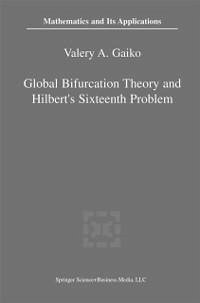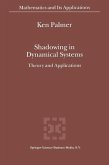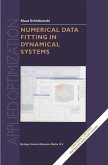On the 8th of August 1900 outstanding German mathematician David Hilbert delivered a talk "Mathematical problems" at the Second Interna tional Congress of Mathematicians in Paris. The talk covered practically all directions of mathematical thought of that time and contained a list of 23 problems which determined the further development of mathema tics in many respects (1, 119]. Hilbert's Sixteenth Problem (the second part) was stated as follows: Problem. To find the maximum number and to determine the relative position of limit cycles of the equation dy Qn(X, y) -= dx Pn(x, y)' where Pn and Qn are polynomials of real variables x, y with real coeffi cients and not greater than n degree. The study of limit cycles is an interesting and very difficult problem of the qualitative theory of differential equations. This theory was origi nated at the end of the nineteenth century in the works of two geniuses of the world science: of the Russian mathematician A. M. Lyapunov and of the French mathematician Henri Poincare. A. M. Lyapunov set forth and solved completely in the very wide class of cases a special problem of the qualitative theory: the problem of motion stability (154]. In turn, H. Poincare stated a general problem of the qualitative analysis which was formulated as follows: not integrating the differential equation and using only the properties of its right-hand sides, to give as more as possi ble complete information on the qualitative behaviour of integral curves defined by this equation (176].
Dieser Download kann aus rechtlichen Gründen nur mit Rechnungsadresse in A, B, BG, CY, CZ, D, DK, EW, E, FIN, F, GR, HR, H, IRL, I, LT, L, LR, M, NL, PL, P, R, S, SLO, SK ausgeliefert werden.









